Our Experts

CNET staff -- not advertisers, partners or business interests -- determine how we review the products and services we cover. If you buy through our links, we may get paid.
Reviews ethics statement
David Anders Senior Writer
David Anders is a senior writer for CNET covering broadband providers, smart home devices and security products. Prior to joining CNET, David built his industry expertise writing for the broadband marketplace Allconnect. In his 5 plus years covering broadband, David's work has been referenced by a variety of sources including ArcGIS, DIRECTV and more. David is from and currently resides in the Charlotte area with his wife, son and two cats.
Expertise Broadband providers | Home internet | Security Cameras
Our expert staff selects the products we cover and rigorously researches and evaluates our top picks. The order in which our top picks are presented may be impacted by partnerships, and we may get a commission if you buy through our links.
Enter your address to view internet providers available near you
Prefer to speak with an expert live? Call (833) 888-6076 for availability in your area.
Our picks
Why we chose these providers
Sort by

Best 5G home internet coverage

Or call to learn more: (866) 953-6099

Combined coverage areas make high availability

Or call to learn more: (855) 224-3025

Best cable internet availability

Or call to learn more: (877) 533-4521

Big cable ISP with high availability in the East

Or call to learn more: (844) 308-8919

Best fiber coverage in the South, Midwest and CA

Or call to learn more: (844) 471-4975
What's the best internet provider in your area?
The best internet service providers for your home are simply the ones that are available in your area. Narrowing down the specific internet providers available at your address is the first step to choosing an internet service. Where you live will determine which providers are available, the technologies they use and the speeds you can get. It's possible you'll have access to fiber, cable, 5G, DSL or other internet connection types from a variety of providers.
Many areas have at least one cable internet provider plus a DSL or fiber-optic ISP to choose from. Others may also have 5G home internet options from Verizon and T-Mobile. Xfinity and Spectrum have the largest cable internet coverage nationwide, while AT&T Fiber, Frontier Fiber and Verizon Fios make up the majority of fiber-optic availability. Aside from the large national providers, there are dozens, if not hundreds, of local cable, fiber and wireless providers across the US.
Internet provider availability overview
ISP availability is always changing, which is why the FCC updates provider data twice per year (see CNET's breakdown of the FCC data). It's this data that we use to determine available internet providers in your area and the technologies they use.
In general, large cities like Seattle or Chicago are where you’ll find the greatest fiber availability and fastest speeds, although cable internet can deliver gig download speeds and is available to roughly 83% of households. Rural areas are often and unfortunately limited to slower options like DSL or satellite, but 5G home internet -- particularly from T-Mobile -- is a growing alternative to broadband service in rural areas.
Top internet providers by availability
- EarthLink: Available in 48 states, 75% nationwide coverage.
- T-Mobile Home Internet: Available in 49 states, 60% nationwide coverage.
- Xfinity: Available in 39 states, 34% nationwide coverage.
- Spectrum: Available in 41 states, 29% nationwide coverage.
- AT&T: Available in 21 states, 25% nationwide coverage.
- Verizon Fios: Available in nine states, 9% nationwide coverage.
- CenturyLink: Available in 16 states, 9% nationwide coverage.
- Frontier: Available in 29 states, 8% nationwide coverage.
- Cox: Available in 18 states, 7% nationwide coverage.
- Optimum: Available in 21 states, 6% nationwide coverage.
- Rise Broadband: Available in 16 states, 6% nationwide coverage.
- Windstream: Available in 18 states, 3% nationwide coverage.
- Astound: Available in 12 states, 3% nationwide coverage.
- Mediacom: Available in 22 states, 2% nationwide coverage.
There's a good chance one or more of the providers listed above are available in your area. You'll find detailed information about each provider's availability and network below.

Connection
Fixed wireless
Speed range
72 - 245 Mbps
Price range
$60 per month
Our take - 5G wireless service is great for our phones, but T-Mobile is proving the technology can also serve as a primary home internet connection. Since launching its 5G network just a few years ago, T-Mobile has quickly expanded its home internet service to cover many US households across every state, excluding Alaska.
Read full review
Or call to learn more: (866) 953-6099
Connection
Fixed wireless
Speed range
72 - 245 Mbps
Price range
$60 per month

Speed range
10 - 5,000 Mbps
Price range
$55 - $190 per month
Our take - Next to T-Mobile Home Internet and aside from satellite internet providers Starlink, Hughesnet and Viasat, which are available throughout the US, EarthLink has the greatest availability of any ISP. Roughly 200 million people are serviceable for EarthLink thanks to the provider's unique approach to delivering service. Instead of running fiber, coaxial or DSL lines to homes, EarthLink uses the networks of other major providers, such as AT&T, CenturyLink and Frontier, to offer internet service. As a result, EarthLink essentially boasts the availability of multiple providers combined.
Read full review
Or call to learn more: (855) 224-3025
Speed range
10 - 5,000 Mbps
Price range
$55 - $190 per month

Speed range
150 - 6,000 Mbps
Price range
$20 - $300 per month
Our take - Xfinity is the largest cable internet provider in the US, extending broadband service to more than a third of all households. Xfinity may be available in your area if you live in the mid-Atlantic, Northeast, Midwest or along the West Coast, but random pockets of serviceability can be found in much of the South as well as parts of Arizona, Colorado, New Mexico and Utah.
Read full review
Or call to learn more: (877) 533-4521
Speed range
150 - 6,000 Mbps
Price range
$20 - $300 per month
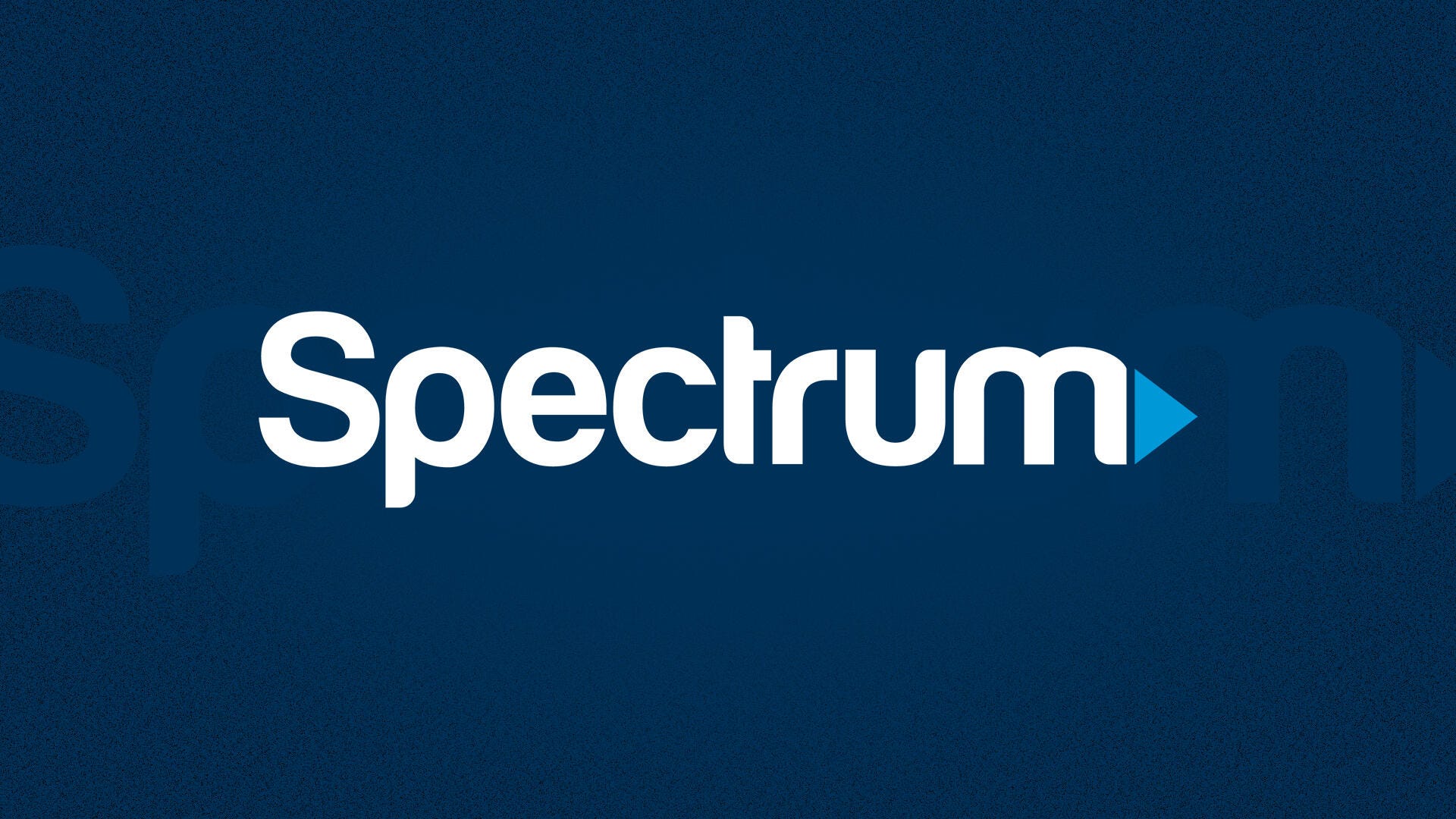
Speed range
300 - 1,000 Mbps
Price range
$50 - $80 per month
Our take - Spectrum is the second-largest cable provider in the US behind Xfinity, covering nearly a third of the population across 41 states. Although the two providers cover nearly 70% of US households combined, there is little to no overlap in serviceability as Spectrum mainly operates in areas where Xfinity does not.
Read full review
Or call to learn more: (844) 308-8919
Speed range
300 - 1,000 Mbps
Price range
$50 - $80 per month
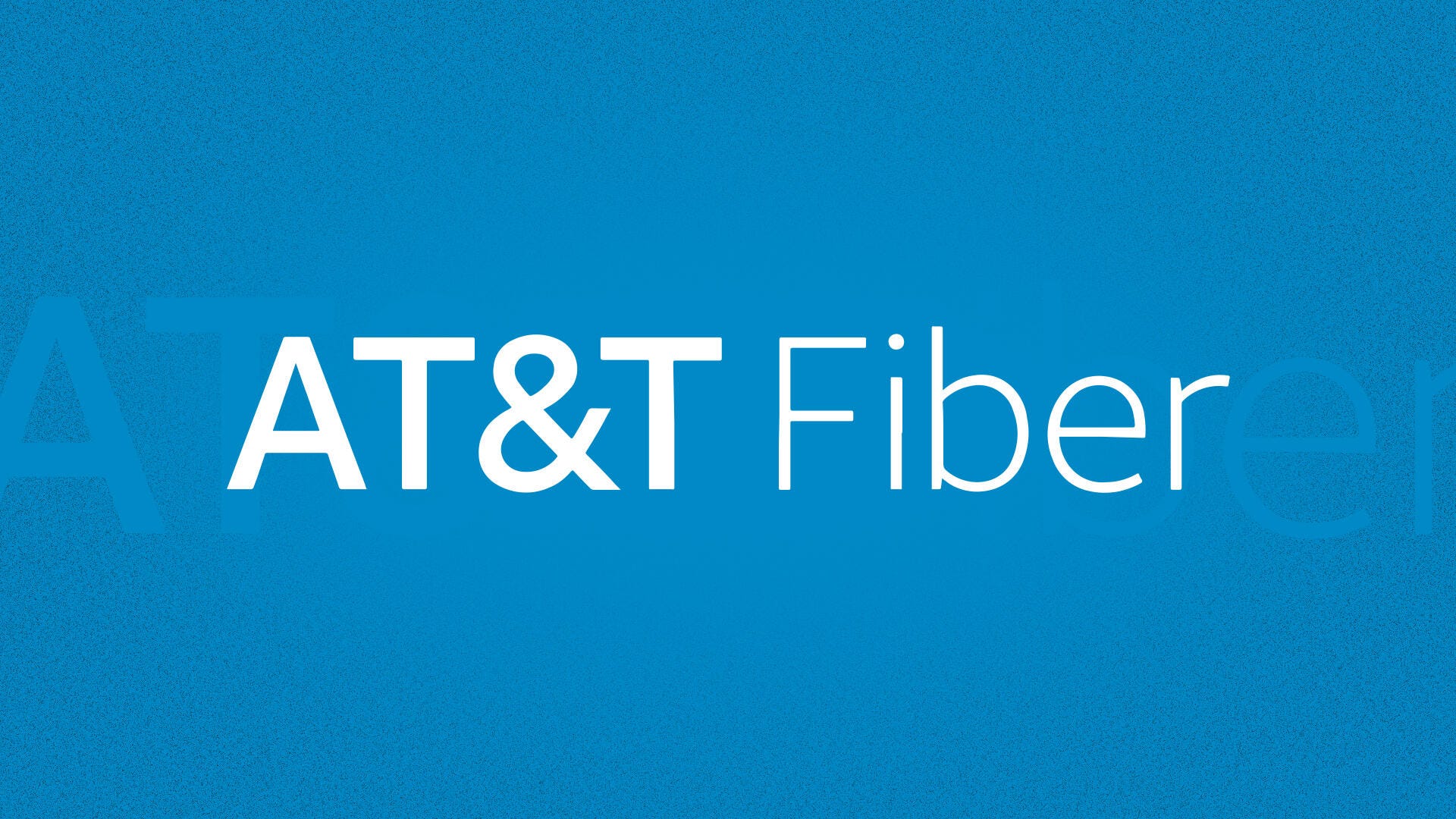
Speed range
300 - 5,000 Mbps
Price range
$55 - $250 per month
Our take - AT&T internet may be available near you if you live in or are moving to the South or Midwest, as well as parts of California, Oklahoma, Nebraska and Nevada.
Read full review
Or call to learn more: (844) 471-4975
Speed range
300 - 5,000 Mbps
Price range
$55 - $250 per month
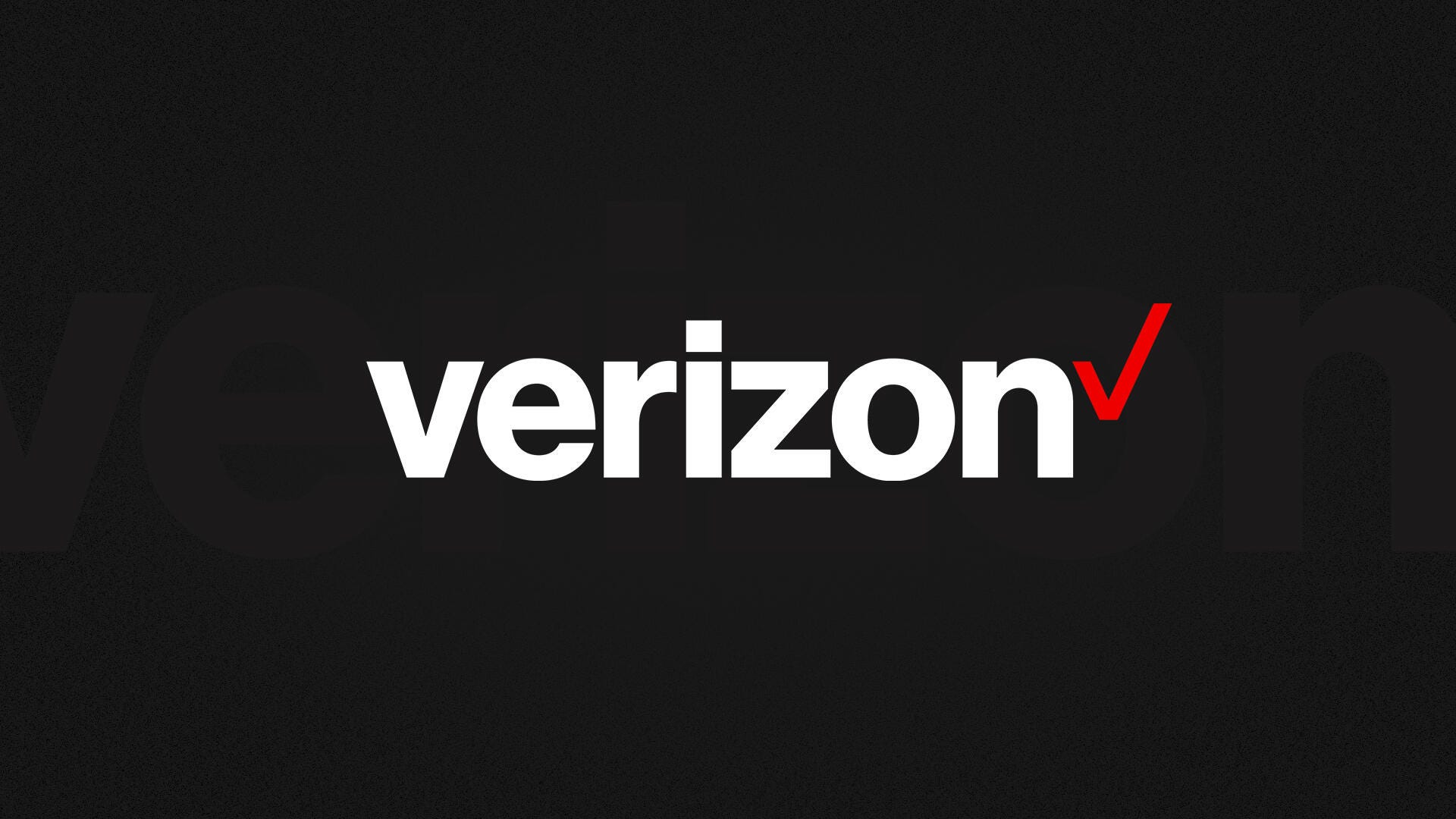
Speed range
300 - 2,000 Mbps
Price range
$50 - $120 per month
Our take - Verizon Fios covers much of the Northeast and mid-Atlantic. Although service is only available in nine states, Verizon still covers an impressive number of US households, thanks largely to the provider's extensive fiber coverage in cities such as Baltimore, Boston, New York, Philadelphia and Pittsburgh. Verizon also offers fixed wireless service in select areas across the US, but the provider's primary service areas are reserved for the Northeast and mid-Atlantic.
Read full review
Or call to learn more: (877) 665-6130
Speed range
300 - 2,000 Mbps
Price range
$50 - $120 per month
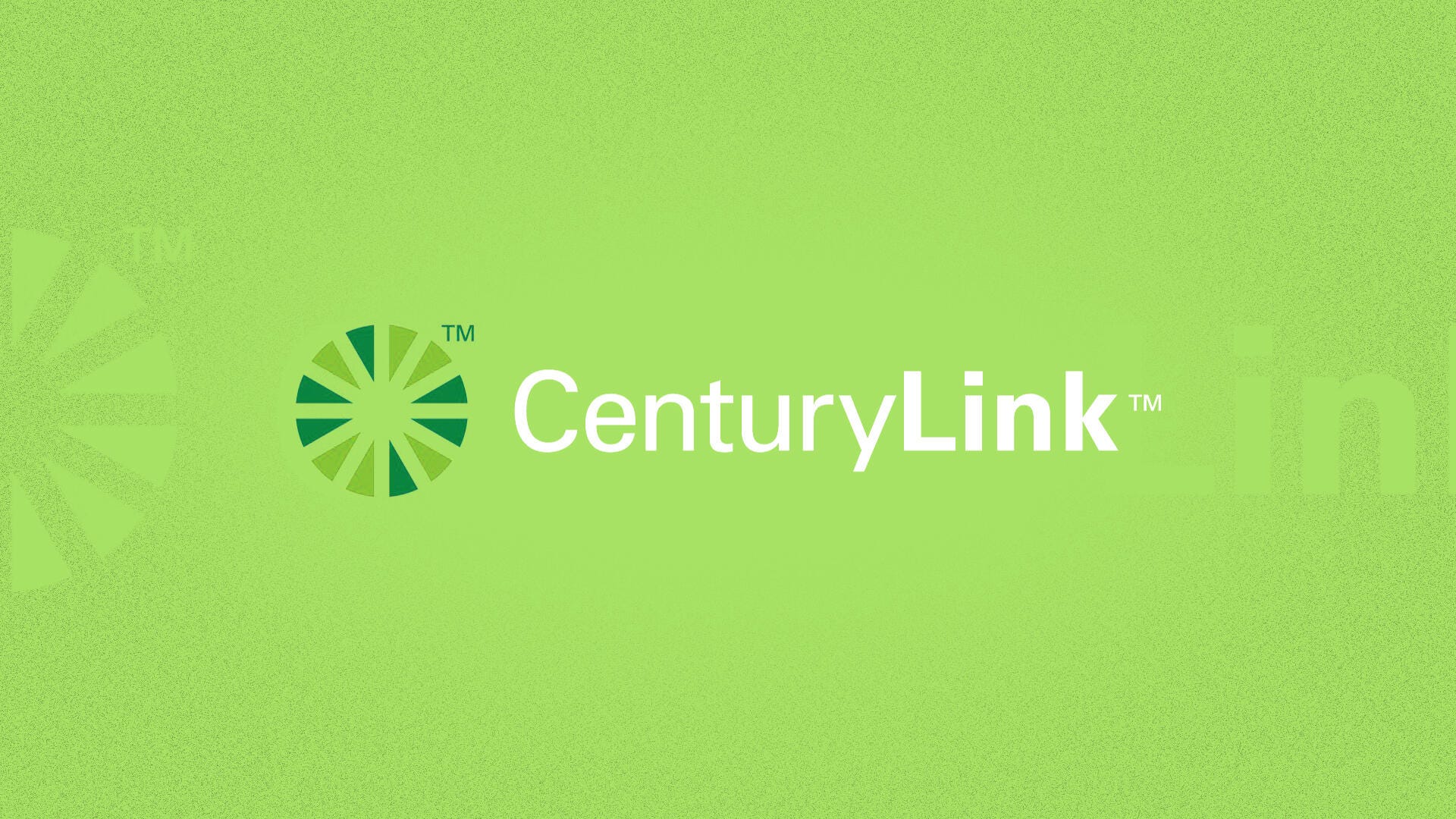
Speed range
10 - 140 Mbps
Price range
$55 per month
Our take - Lumen Technologies (CenturyLink, Quantum Fiber) had the largest coverage area of nearly any provider, excluding satellite, before selling a chunk of networks in the East to ISP newcomer Brightspeed. Still, Lumen Technologies has a fairly large presence, particularly in the western half of the US, thanks to its DSL (CenturyLink) and fiber (Quantum Fiber) networks.
Read full review
Or call to learn more: (877) 641-4645
Speed range
10 - 140 Mbps
Price range
$55 per month

Speed range
500 - 5,000 Mbps
Price range
$50 - $155 per month
Our take - Frontier Communications lost a chunk of its network after selling fiber and DSL lines in the Pacific Northwest to Ziply Fiber in 2020, but the provider is still one of the largest fiber and DSL providers, covering around a tenth of US residents across 29 states. Frontier serviceability is greatest in the Midwest, but there's also a good chance Frontier is available in your area if you live in California, Connecticut, upstate New York or West Virginia.
Read full review
Or call to learn more: (877) 308-8380
Speed range
500 - 5,000 Mbps
Price range
$50 - $155 per month
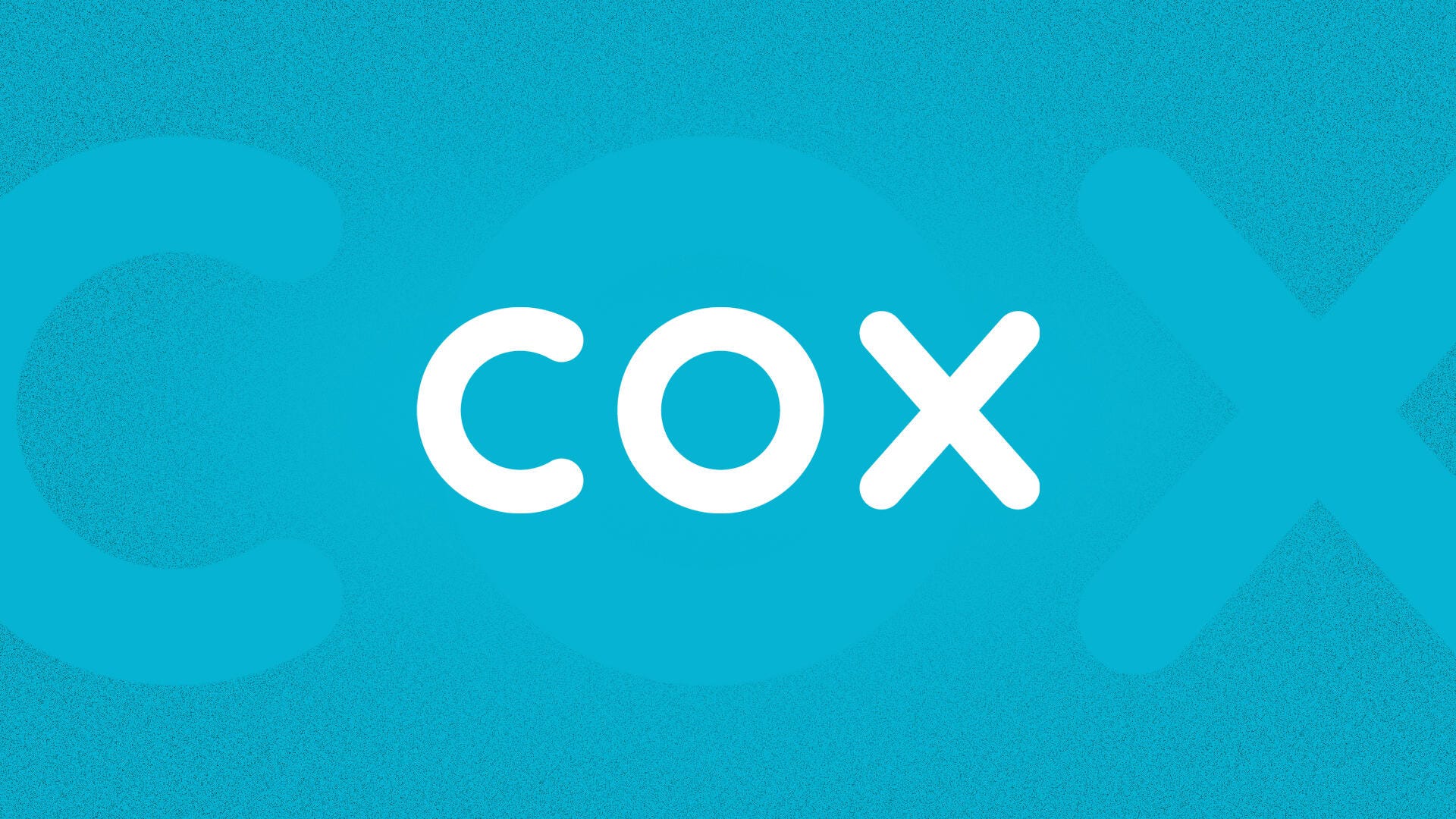
Connection
Mostly cable, some fiber
Speed range
100 - 2,000 Mbps
Price range
$50 - $110 per month
Our take - Cox Communications is the third largest cable provider in the US, but availability overall is far lower than Xfinity and Spectrum, covering less than 7% of residents across 18 states. Cox is most likely to be available in your area if you live in Las Vegas, New Orleans, Oklahoma City, Phoenix, San Diego or anywhere in the state of Rhode Island.
Read full review
Or call to learn more: (844) 676-2654
Connection
Mostly cable, some fiber
Speed range
100 - 2,000 Mbps
Price range
$50 - $110 per month

Speed range
300 - 8,000 Mbps
Price range
$40 - $280 per month
Our take - Optimum coverage spans the greater New York City area and various parts of states across the US, including Arkansas, Arizona, North Carolina, Pennsylvania and Texas.
Read full review
Or call to learn more: (877) 819-5797
Speed range
300 - 8,000 Mbps
Price range
$40 - $280 per month

Connection
Fixed wireless
Price range
$45 - $65 per month
Our take - Rise Broadband is the nation's largest fixed wireless provider excluding T-Mobile Home Internet and Verizon 5G Home Internet. Fixed wireless internet doesn't require a cable or phone line to your home, making it ideal for rural internet service. Consequently, rural areas are where you're most likely to find Rise Broadband, especially those in the central US or rural parts of Idaho, Nevada and Texas.
Read full review
Or call to learn more: (844) 283-9288
Connection
Fixed wireless
Price range
$45 - $65 per month

Speed range
100 - 1,000 Mbps
Price range
$40 - $70 per month
Our take - Another champion of rural areas, Windstream's internet service, Kinetic, is available in 18 states but only about 3% of US households. Kinetic internet may be available in your area if you live in a rural or suburban area in the South or Midwest, but Kinetic coverage does reach as far west as New Mexico. Iowa, Georgia, Kentucky and Texas have the greatest Kinetic serviceability, but you may also find Kinetic internet near you in parts of Arkansas, New York, North Carolina, Ohio and Pennsylvania, among other states.
Read full review
Or call to learn more: (855) 387-1056
Speed range
100 - 1,000 Mbps
Price range
$40 - $70 per month

Speed range
100 - 1,500 Mbps
Price range
$20 - $80 per month
Our take - You may have known Astound by another name (RCN, Grande Communications or Wave Broadband), but the provider is well-established in some major markets, including Boston, Chicago, New York City, Philadelphia, San Francisco, Seattle and Washington, D.C.
Read full review
Or call to learn more: (877) 308-2484
Speed range
100 - 1,500 Mbps
Price range
$20 - $80 per month

Speed range
100 - 1,000 Mbps
Price range
$25 - $80 per month
Our take - Mediacom covers random areas throughout much of the Midwest, but you'll find service in parts of the South along the Gulf Coast and in southern Georgia, as well as parts of eastern North Carolina and along the southern Delaware/Maryland border. All in all, Mediacom is available to just over 2% of US residents with coverage spanning 22 states.
Read full review
Or call to learn more: (866) 225-4105
Speed range
100 - 1,000 Mbps
Price range
$25 - $80 per month
Top available internet providers compared
The plans shown below feature each provider's cheapest available tier. The max speed is the top advertised speed for that given plan, but it might not be available in your area. Overall, the best selection for you -- and the most cost-effective plan -- might be a different tier that provides a faster speed at a higher price but a better value. To more fully understand this value-based approach, check out CNET's guide to examining the cost per Mbps.
Show more (13 items)
Source: CNET analysis of provider data.
How many members of your household use the internet?
Explore internet providers by city
What internet providers serve your city? We provide an in-depth look at the best internet providers in cities across the US, from New York to San Francisco. Click any of the links below to learn more about available internet options in the area.
- Atlanta, Georgia
- Austin, Texas
- Boston, Massachusetts
- Brooklyn, New York
- Charlotte, North Carolina
- Chicago, Illinois
- Dallas, Texas
- Houston, Texas
- Los Angeles, California
- Nashville, Tennessee
- New York, New York
- Phoenix, Arizona
- San Diego, California
- San Francisco, California
- Seattle, Washington
- St. Louis, Missouri
We didn't forget about local internet providers
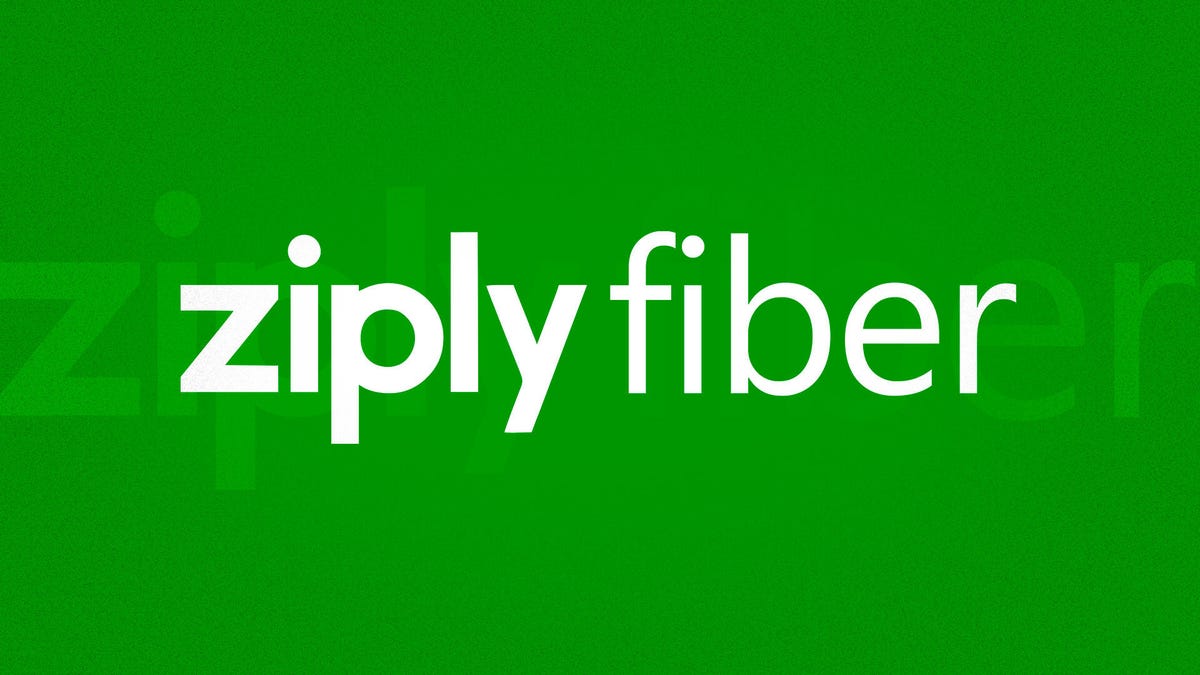
A dozen or so internet providers make up the majority of internet serviceability, but there are literally thousands of smaller ISPs that operate in hyperlocal markets. Providers such as Armstrong, Ziply Fiber and WideOpenWest (among many others) do a great job of serving their local communities, but there are simply too many to list here.
Broadband and high-speed internet availability
According to the FCC, 99.99% of US residents have access to a broadband internet connection, which it defines as one that can provide download speeds of up to 100 megabits per second and upload speeds of 20Mbps.
The lived experience of the broadband divide suggests the FCC numbers are high, and satellite internet may be the reason why. When you remove satellite technology from the list, broadband availability drops to 89%, with less than a third of US residents having three or more ISPs in their area. As you go up in speed from 25 to 100, 250 and 1,000Mbps, it's evident that high-speed options can be limited.
Internet availability by technology
The available internet tech type can make a big difference in available speeds and performance. Fiber internet is the preferred option, as it comes with the best upload and download speed potential, not to mention superior reliability, but availability is still relatively low. Unless you live in or near a large city, it's unlikely you'll find fiber internet near you.
Cable internet is another popular choice for high-speed internet in many areas. It boasts much higher availability than fiber internet but does not offer fast upload speeds or the same reliability. DSL and fixed wireless internet are excellent rural internet options, but they can't compare to the speeds or reliability of fiber or cable connections.
For a further breakdown on the various types of internet, check out our guide to internet connection types.
Internet connection type availability
| Connection type | National availability | 25Mbps or higher coverage | 100Mbps or higher coverage | 250Mbps or higher coverage | 1,000Mbps or higher coverage |
|---|---|---|---|---|---|
| Cable | 83% | 83% | 83% | 81% | 12% |
| DSL | 52% | 36% | 21% | 5% | 0% |
| Fiber | 40% | 40% | 40% | 40% | 31% |
| Fixed wireless | 78% | 61% | 40% | 8% | 1% |
Show more (0 item)
How to choose the best internet in your area
Finding the best internet provider in your area starts with discovering what’s available. Again, the search tool further up the page will give you an idea of what providers serve your area, the speeds they offer and how much it costs.
Once you’ve narrowed down the available internet providers in your area, review the plans and service terms. Look for a plan that offers the speeds you need for the lowest price, but also be mindful of potential data caps and overage fees, contract requirements, equipment rental fees and other factors that can affect your service and monthly payment.
For more tips on how to choose the right internet provider and plan, see our guide to selecting the best home internet service.
How we selected the top ISPs in your area
CNET takes into account everything the average customer should know when determining the best internet service providers. Connection type, speeds, pricing, service terms, customer satisfaction and other attributes are always important, but broadband availability is the primary consideration when focusing on the ISPs that may be in your area.
We source the most recent FCC data to determine provider availability and the technologies they use. It’s not perfect, but it does help us to identify the top internet providers in terms of availability and where to find them.
Check out our page on how we review internet providers for more information.
Why aren't there more internet options near me?
The cost of expanding to and operating in a new area, especially one already serviced by a competing ISP, is the main factor that prevents providers from offering service in more areas. As a result, it's common for households to have availability to just one provider of a particular service type.
For example, although cable internet is available to 89% of households, only 7% have access to more than one cable internet provider. Multiple provider options are even more limited with fiber-optic service. Roughly 43% of households are eligible for fiber internet, but less than 3% have more than one option.
Show more
Will new internet providers come to my area?
It's difficult to say if the largest cable and fiber providers will continue expanding into new service areas, but smaller providers -- and those with potentially industry-disrupting technologies -- could lead the broadband expansion efforts in coming years.
5G home internet, from providers including T-Mobile and Verizon, is off to a promising start, delivering high-speed broadband to underserved areas and creating much-needed competition in others. Satellite internet -- from SpaceX's Starlink, as well as Amazon's upcoming Project Kuiper -- is also set to improve broadband options in rural and suburban areas in coming years.
That's exciting news for rural areas, but what about more options in metro areas, where residents typically have the choice between a cable or fiber provider? Providers like Starry Internet, which uses a fixed wireless network, already offer affordable, high-speed alternatives to the traditional established providers.
In short, I wouldn't look to the big providers and established technologies to bring new internet options to your area anytime soon. The exception here could be fiber internet, which has almost doubled its availability in the last five years. Fiber availability has only increased by 1-2% per year since 2018, indicating that fiber expansion is slowing.
Show more
Why is the internet in my area so slow?
Several factors can contribute to slow internet speeds, but if the internet in your area -- not just your home -- is slow, it's likely due to the technology. Satellite and DSL internet, common internet options in rural areas, are slower than most other connection types, typically maxing out at 25 to 100Mbps.
If you have cable or fiber internet service and your connection is consistently slow, it could be the result of using Wi-Fi, which can significantly reduce your actual, tested speeds compared to the speeds the provider is sending to your home. Resetting your router or upgrading to a new router could improve your Wi-Fi speeds. You may also consider upgrading your plan to a faster speed if available. Check out our guide on how to boost your Wi-Fi speeds at home.
Show more
What are the best internet deals or discounts for new customers?
New customers will often get the lowest introductory pricing, but other perks including gift cards and free installation may also be available. Verizon Fios has arguably the best bonus offers of any provider, although new customers can often score a gift card with AT&T, Frontier Fiber, WideOpenWest and other providers.
For a look at the most recent offers from top ISPs, check out our rundown of the best internet deals.
How do I set up my new internet service and how long does it take?
Most internet providers offer professional installation at no extra charge. Your installation expert will handle setting up your equipment and running any needed cables. Installation times can vary, but a routine installation should take an hour or two. When initial or extensive wiring is required, installation can take up to four hours or even longer to complete.
Select providers offer self-installation, allowing you to set up your equipment on your time and at your convenience. Installation instructions should be included with your equipment, but the process is typically little more than plugging in your router. Self-installation may take 30 minutes or less to complete. Call your provider’s technical support line for assistance if needed.